Green vegetables are a collection of vegetables with green colors, from light to dark. The green color comes from chlorophyll, indicating high levels of nutrients.
Their main types include leafy greens like spinach and kale, cruciferous vegetables like broccoli and cabbage, and others like peas and green beans. Their flavors range from mildly sweet to slightly bitter and peppery.
Shapes and textures vary: leafy greens are soft, broccoli and Brussels sprouts are crunchy, and green beans are crisp. Green vegetables are versatile in the kitchen and are used in salads, stir-fries, soups, and as side dishes.
In this article, you’ll find a comprehensive list of various green vegetables. Keep reading to learn how they’re used in different global cuisines.
Let’s start!
List of 38 Green Vegetables from Different Types
Below are 38 green vegetables from various types. Use the filters to explore and find your favorites!
Broccoli
- For Dishes
Broccoli, a green cruciferous vegetable from the Brassicaceae family, includes cauliflower, Brussels sprouts, and cabbage.
Originating in the eastern Mediterranean and Asia Minor, broccoli’s tree-like structure with thick stalks and clustered florets varies in color from dark green to deep purple.
Raw broccoli features a slightly bitter taste that transforms into a mildly sweet flavor when cooked. Its texture shifts from crisp in its raw state to tender when steamed or roasted.
Packed with nutrients that are great for your health, broccoli is available year-round but best in cooler seasons.
Lettuce
- For Dishes
Lettuce, or Lactuca sativa, is a widely consumed leafy green vegetable from the Mediterranean region. Lettuce is the hero of many salads.
You can find lettuce in various types like romaine, iceberg, butterhead, and leaf lettuce, each with distinct shapes and textures, from crisp to tender leaves.
Lettuce offers a mild, slightly sweet taste and comes in hues from bright green to red or purple, making it a popular choice for salads, wraps, sandwiches, and even grilled dishes for a smoky touch.
Cucumber
- For Beverages
- For Dishes
Cucumbers are those cool, crunchy veggies in the gourd family, native to India but enjoyed worldwide. Typically cylindrical and green, cucumbers are known for their mild, refreshing flavor and crisp texture, perfect for cooling down in the summer.
Available year-round with a peak in summer, cucumbers come in varieties like Persian, English, Kirby, and Armenian, each perfect for different dishes. They’re excellent in salads, sandwiches, pickles, and beverages.
Spinach
- For Dishes
Spinach is a leafy green from central and western Asia, now a staple in kitchens worldwide. Its broad, tender leaves range from dark to vibrant green, offering a mild, slightly earthy flavor.
Though available year-round, spinach thrives in spring and fall and includes varieties such as Savoy, flat-leaf, and baby spinach. It’s enjoyed raw in salads and sandwiches or cooked in sautés, soups, and creamy pastas.
Green Bean
- For Dishes
Green beans, also known as snap beans or string beans, are a popular vegetable native to Central and South America. These slender, cylindrical beans are known for their green color and crisp texture, making them a staple in many dishes worldwide.
Featuring a mild, slightly sweet flavor and a fresh, juicy crunch, green beans are in season from early summer through fall but available year-round. They’re perfect for steaming, sautéing, roasting, or adding to salads and casseroles
Asparagus
- For Dishes
Asparagus is a perennial plant native to Europe, northern Africa, and western Asia. This green vegetable is prized for its delicate flavor and tender texture, featuring long, thin spears and tightly closed tips that come in green, purple, or white.
With a unique, slightly bitter taste and earthy undertones, asparagus is typically harvested in the spring but is available year-round. Green asparagus has a grassy flavor, white asparagus is milder and more tender, and purple asparagus is sweeter.
It can be roasted, grilled, steamed, or sautéed, and pairs well with ingredients like garlic, lemon, butter, and Parmesan cheese.
Zucchini
- For Dishes
Zucchini, also called courgette, is a summer squash native to Central America. This green vegetable is usually long and cylindrical with smooth, dark green skin, though some types can be light green, yellow, or striped.
Zucchini’s flesh is pale greenish-white, offering a delicate, mildly sweet flavor and tender texture. Zucchini can be grilled, sautéed, roasted, or eaten raw, used in salads, soups, casseroles, or baked into bread and muffins.
It also can even be spiralized into “zoodles” for a healthy pasta alternative.
Green Pea
- For Dishes
Green peas, native to the Mediterranean and Near Eastern regions, are small, round legumes that grow inside pods, typically harvested in the cooler spring and early summer seasons.
Known for their bright green color, sweet taste, and slightly starchy texture, peas come in varieties like garden peas, snow peas, and snap peas. You can enjoy them fresh, frozen, or canned. They add sweetness and nutrition to salads, soups, stews, and dips.
Kale
- For Dishes
Kale is a hardy leafy green from the cabbage family, native to the eastern Mediterranean and Asia Minor. Known for its frilly or flat leaves, kale ranges in color from deep green to purple and thrives in cooler months, from late fall to early spring.
The robust, sometimes peppery flavor of kale varies by type. Curly kale is bright green and crunchy, ideal for salads and smoothies. Lacinato, or Tuscan kale, offers a sweeter, nutty taste, perfect for Italian dishes.
Red Russian kale has a mild, slightly sweet flavor, and Siberian kale is known for its cold hardiness and mild taste. Kale is best enjoyed raw, sautéed, in smoothies, or baked into chips.
Celery
- For Dishes
- For Garnishes
Celery is a Mediterranean native recognized for its long, fibrous stalks that taper into deep green leaves, celery is most flavorful during cooler months but available year-round. Celery offers a crisp texture and refreshing, slightly peppery flavor.
Pascal celery is common for its tall, crunchy stalks, perfect raw or in salads. Celeriac, or celery root, is milder and used in soups and stews. Leaf celery provides flavorful leaves for cooking. Celery can be eaten raw, cooked in various dishes, and its leaves used as an herb.
Brussels Sprout
- For Dishes
Brussels sprouts, often called mini cabbages, belong to the Brassicaceae family, which includes broccoli, kale, and cauliflower. Native to the Mediterranean, they grow as small, round buds along a thick stalk.
Their flavor varies with preparation, becoming sweet, nutty, and slightly smoky when cooked correctly but bitter if overcooked. They are often roasted, sautéed, steamed, or finely shaved for salads, pairing well with flavors like balsamic vinegar, bacon, garlic, and Parmesan cheese.
Edamame
- For Dishes
Edamame, or young soybeans, are legumes native to East Asia, known for their sweet, slightly nutty flavor. Typically enjoyed in Japanese, Chinese, and Korean cuisines, they are harvested green and grow in long pods, each containing two to three beans.
Available year-round, with a peak in late summer to early fall, edamame is commonly served as a snack boiled in salted water, and enhances salads, soups, stir-fries, and rice dishes. They pair well with soy sauce, garlic, ginger, and sesame oil, and can be pureed into dips or spreads.
Artichoke
- For Dishes
Artichoke is the edible flower bud of a thistle plant native to the Mediterranean. Popular in European and American cuisines, artichokes are globe-shaped with tightly packed, green to purple-tinged leaves, primarily produced in California.
Artichokes have tender leaves when cooked with a mildly sweet, nutty flavor, and the heart is especially rich and meaty. Artichokes taste the best when you steam, boil, grill, roast, or fry them. They are often served with dipping sauces or used in dips, pastas, and salads.
Arugula
- For Dishes
Arugula, also known as Eruca vesicaria or rocket, is a leafy green vegetable from the Mediterranean. Its tender, elongated leaves have a peppery, slightly bitter taste. Thriving in cooler seasons like spring and fall, arugula is available year-round.
Arugula is used in salads, sandwiches, wraps, and as a pizza topping or garnish. It can also be lightly sautéed for a flavorful side dish or added to pastas and grain bowls.
Bok Choy
- For Dishes
Bok choy, or pak choi, is a Chinese cabbage known for its dark green leaves and crisp white stalks. Widely used in Asian cuisine, it has a mild, slightly sweet flavor with a hint of peppery bitterness. Bok choy is crunchy when raw and retains some firmness when cooked.
Thriving in cool weather, bok choy is available year-round, peaking in spring and fall. It can be stir-fried, steamed, boiled, or grilled, often used in soups, stews, and salads.
Cabbage
- For Dishes
Cabbage is a leafy green vegetable native to Europe and widely consumed worldwide. Known for its dense, round head of tightly packed leaves, it comes in green, red, or purple varieties.
Cabbage has a mild, slightly peppery flavor and a crunchy texture when raw, becoming tender when cooked. Cabbage includes green, red, Savoy, and Napa cabbage.
You can eat raw, cooked, fermented, or pickled cabbage or use it in salads, slaws, wraps, soups, stews, and stir-fries. Fermented cabbage, such as sauerkraut and kimchi, offers probiotic benefits and pairs well with vinegar, mustard, and bacon.
Leek
- For Dishes
Leek is an onion family vegetable originating from the Mediterranean and Central Asia. Leeks have a long, cylindrical shape with a white base and dark green leaves, and they are widely grown in Europe and the U.S.
With a mild, sweet onion flavor, leeks are typically in season from late fall to early spring but are available year-round. In the kitchen, leeks can be used raw in salads, sautéed for soups and stews, or roasted for their natural sweetness.
Swiss Chard
- For Dishes
Swiss chard is a leafy green vegetable related to beets, native to the Mediterranean. It features vibrant, colorful stems in red, yellow, orange, or white, and dark green leaves, with a slightly earthy, mildly bitter flavor.
Typically grown in cool seasons and available from late spring to early fall. Swiss chard can be used in salads when young and tender, or sautéed, steamed, or added to soups and stews when mature.
Okra
- For Dishes
Okra, or lady’s fingers, is the seed pod native to Ethiopia brought to North America by enslaved people and settlers. It’s a staple in tropical regions like India, Nigeria, and the southern United States, with long, slender green pods containing tiny white seeds and a fuzzy exterior.
Known for its mild, earthy flavor and unique mucilaginous texture, okra is often used to thicken soups and stews such as gumbo. Okra is often sautéed, roasted, fried, or pickled, and is common in Southern, Caribbean, and Indian cuisines.
Watercress
- For Dishes
- For Garnishes
Watercress is a leafy green native to Europe and Asia, thriving in aquatic environments like streams and springs. With small, rounded leaves and a slightly peppery, tangy flavor, it is a vibrant green vegetable with a crisp texture when fresh.
Available year-round, watercress peaks in the cooler months of spring and fall. In the kitchen, watercress adds a fresh, peppery bite to salads and makes a great garnish for soups and sandwiches.
It pairs well with citrus, garlic, and creamy dressings and can be used in pesto, sauces, or as a bed for grilled meats and fish.
Collard Green
- For Dishes
Collard greens are leafy greens native to the eastern Mediterranean and Asia Minor. Related to kale and mustard greens, they have large, dark green leaves with tough stems that need to be removed before cooking.
With a slightly bitter taste that mellows when cooked, collard greens are best from late fall to early spring but can be found year-round. You can sauté, steam, boil, or slow-cook them. They shine in Southern U.S. dishes and can be used in salads, soups, and even as wraps.
Mustard Green
- For Dishes
Mustard greens hail from the Himalayas and have been cherished in Asia and Europe for centuries. They feature large, frilly dark green leaves and a bold, peppery flavor that packs more punch than collard greens.
Perfect during the cooler months of spring and fall, mustard greens are crisp when raw and tender when cooked. They are great sautéed, steamed, or braised with garlic and vinegar, adding zest to soups, stews, stir-fries, and salads.
Turnip Green
- For Dishes
Turnip greens are the leafy tops of the turnip plant, native to Eurasia but grown globally in temperate regions. Available year-round but best in spring and fall, turnip greens from varieties like purple top white globe, white egg turnip, and hakurei are versatile in the kitchen.
Often overshadowed by the turnip root, these dark green leaves have a slightly bitter, peppery flavor that mellows when cooked and becomes tender when sautéed, boiled, or braised. For a milder taste, mix them with other greens or dress them with tangy vinaigrettes.
Dandelion Green
- For Dishes
Dandelion greens are the leaves of the common dandelion, native to Europe and Asia but now found in North America and other temperate regions. These greens have long, serrated leaves and a strong, slightly bitter flavor that intensifies as they mature.
Typically in season during spring and fall, common varieties like the wild dandelion and the milder Italian dandelion are culinary favorites. They can be enjoyed fresh in salads with sweet or acidic dressings, sautéed with garlic, added to soups and stews, or blended into smoothies.
Endive
- For Dishes
Endive is a leafy green vegetable from the Chicory family, native to Europe. Common edivine types include Belgian endive with tightly packed pale leaves and a slightly bitter flavor, curly endive (frisée) with frilly green leaves and a pronounced bitterness, and escarole with broad, milder-tasting leaves.
Available year-round, endive peaks in the cooler months of fall and winter. It adds crunch and a touch of bitterness to salads, and can be cooked like spinach, braised, or grilled to enhance its nutty sweetness.
Seaweed
- For Dishes
- For Garnishes
Seaweed includes a variety of edible underwater plants like nori, kelp, wakame, and dulse. Found worldwide, seaweed varies in color from dark green to deep red and offers flavors from mildly sweet to briny, with textures ranging from crispy when dried to silky when fresh.
Harvested year-round, nori is famous for sushi rolls and snacks, kelp is key in Japanese soups like dashi, wakame is common in salads and miso soup, and dulse adds savory flavor to many dishes with its reddish color and chewy texture.
Broccolini
- For Dishes
Broccolini, also known as baby broccoli or broccolette, is a hybrid of broccoli and Chinese kale, developed in Japan in the 1990s and now primarily grown in the U.S., Mexico, and Australia. It features long, slender stems with small, loose florets, resembling a delicate version of broccoli.
With a milder, sweeter taste and a slight peppery undertone, broccolini becomes even more tender and sweet when cooked, similar in texture to asparagus. Available year-round, it can be steamed, sautéed, roasted, grilled, or eaten raw.
Rapini
- For Dishes
Rapini, also known as broccoli rabe, is a green cruciferous vegetable related to turnips, not broccoli. Native to the Mediterranean, especially Italy, rapini is a staple in many Italian and Mediterranean dishes.
Featuring long, slender stalks, small florets, and dark green leaves, rapini has a robust, bitter flavor that becomes slightly nutty when cooked. Typically in season during fall and spring, rapini is commonly paired with pasta and sausage or used as a pizza topping and in stir-fries, soups, and stews.
Nopale
- For Beverages
- For Dishes
Nopales, also known as prickly pear cactus pads, are native to Mexico. These green, flat pads are harvested from the prickly pear cactus and have a slightly tart, tangy flavor reminiscent of green beans or asparagus, with a chewy texture like okra.
Available year-round but best in spring and autumn, younger pads are more tender and less bitter. Nopales can be boiled and sliced for salads, used in stews and soups, made into tortillas, sautéed for tacos, added to salsas, or blended into juices.
When preparing, remove the thorns and rinse thoroughly, then grill, boil, sauté, or eat raw to reduce the slimy texture.
Moringa Leave
- For Beverages
- For Dishes
Moringa leaves originate from the Indian subcontinent but are now grown worldwide in tropical and subtropical regions. These small, round, vibrant green leaves grow on the Moringa tree, called the “drumstick tree” due to its seed pods.
With a slightly bitter, earthy taste similar to spinach, moringa leaves are tender when cooked and harvested year-round in suitable climates. Moringa leaves can be added to salads, blended into smoothies, used in soups and stews, or dried for herbal tea.
Pea Shoot
- For Dishes
- For Garnishes
Pea shoots, also known as pea tendrils, are the pea plant’s young, tender leaves and stems, often from snow peas or sugar snap peas. Originating from Asia, they are popular worldwide for their vibrant green color, delicate sweet pea flavor, and crisp texture.
Available year-round, but best from spring to early summer, pea shoots are typically harvested when 2 to 6 inches long. Pea shoots are versatile, used fresh in salads, stir-fried with garlic, added to soups, or even blended into smoothies for a nutritional boost.
Kohlrabi
- For Dishes
Kohlrabi, also known as German turnip, is a versatile member of the Brassica family, native to Europe. It has a bulbous shape with leafy stems and can be green or purple, though the flesh is always pale yellow to white.
With a mild, slightly sweet flavor similar to broccoli stems or cabbage hearts, kohlrabi is available year-round, peaking in late fall and early spring. Kohlrabi can be eaten raw in salads or slaws for a crisp texture or cooked by roasting, steaming, or sautéing. The leaves are also edible, used like kale or collard greens.
Chayote
- For Dishes
Chayote, or vegetable pear, is a green, pear-shaped squash native to Central America. With smooth skin and crisp, mildly sweet flesh, its texture varies from crunchy raw to tender when cooked.
Available year-round, chayote is best in late summer to early fall. It can be used in salads, sautés, stir-fries, soups, and casseroles, and is popular in Mexican dishes like Ginisang Sayote.
Water Spinach
- For Dishes
Water spinach, also known as kangkong or morning glory, is a semi-aquatic, tropical plant grown as a vegetable for its tender shoots and leaves. It is commonly used in Southeast Asian and Chinese cuisines, often stir-fried, steamed, or added to soups and curries.
The plant thrives in moist environments, such as wetlands and riverbanks, and is known for its rapid growth and high nutritional content.
Purslane
- For Dishes
Purslane is a leafy green originally from India and Persia. With its thick, succulent leaves and reddish stems, it has a slightly sour, salty flavor that’s a bit like spinach or watercress.
Thriving in the summer, purslane adds a tangy crunch to salads and works wonderfully in soups, stews, and curries, fitting right into Mediterranean and Middle Eastern dishes.
Fennel Frond
- For Garnishes
Fennel fronds, or fennel tops or leaves, are the feathery green parts of the fennel plant native to the Mediterranean. These aromatic fronds resemble dill and have a mild, sweet, licorice-like flavor. They add a fresh, anise-like flavor to dishes and are often used as a garnish.
Chopped fennel fronds enhance dressings, sauces, and marinades, especially for fish and pork. They are popular year-round in Mediterranean and Middle Eastern cuisines, pairing well with citrus, garlic, and other fresh herbs.
Chicory Green
- For Dishes
Chicory greens are leafy vegetables native to Europe. Known for their slightly bitter taste, chicory greens become milder when cooked and maintain a crisp texture when raw.
Typically in season during fall and spring, chicory greens add a unique flavor to salads and become tender in soups, stews, and sautés. They pair well with rich flavors like bacon and cheese, and balance nicely with sweet or acidic ingredients like citrus and vinegar.
Ridge Gourd
- For Dishes
Ridge gourd, also known as Luffa acutangula or angled luffa, is a tropical vegetable from Asia, commonly grown in India, China, and Southeast Asia. It has an elongated, cylindrical shape with ridges, dark green rough skin, and white spongy flesh with a mild, slightly sweet flavor.
Ridge gourd is used in various dishes, especially in Indian and Southeast Asian cuisines. It can be sautéed, boiled, or added to soups and stews, often appearing in curries, stir-fries, and stuffed recipes.
How Are Green Vegetables Utilized in Different Cuisines?
Green vegetables are a cornerstone of global cuisines, valued for their nutritional benefits, versatility, and flavor. Here’s how they are incorporated into dishes of common cuisines worldwide:
Ready to elevate your meals with green vegetables? Try out some recipes and share your favorites in the comments! Don’t forget to explore other veggies on the website for more culinary inspiration.


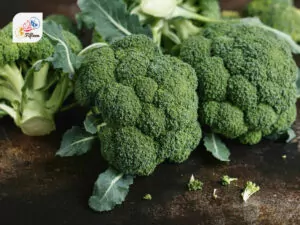
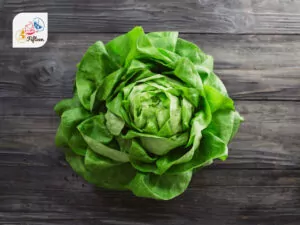
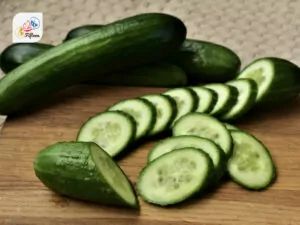
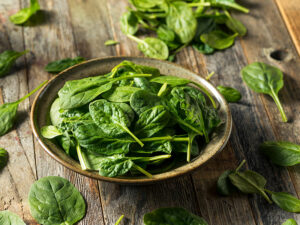
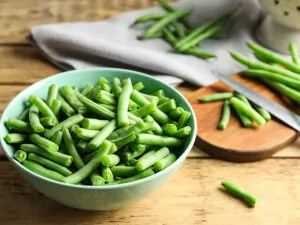
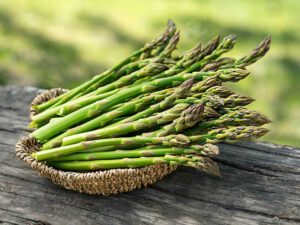
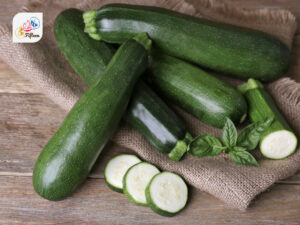
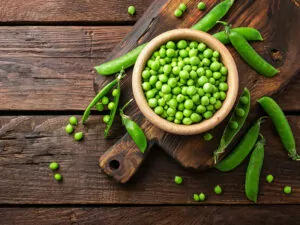
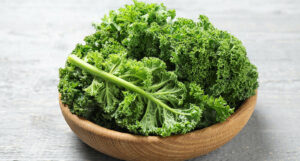
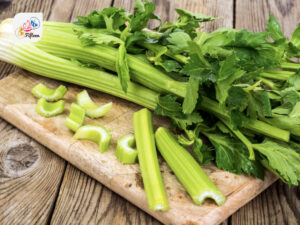
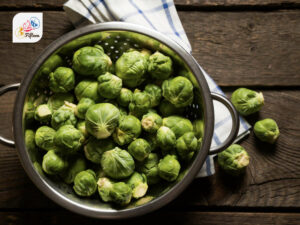
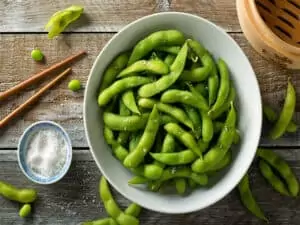
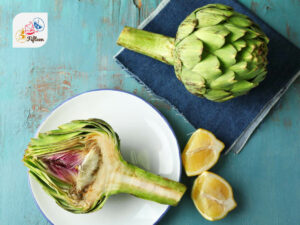
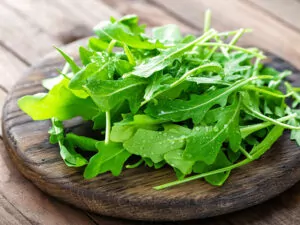
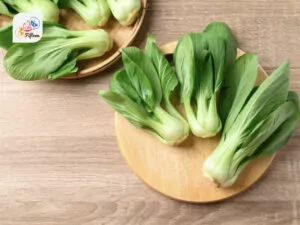
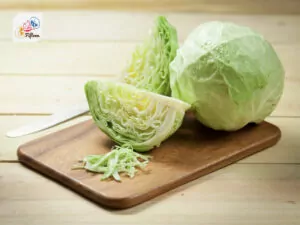
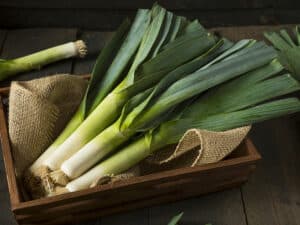
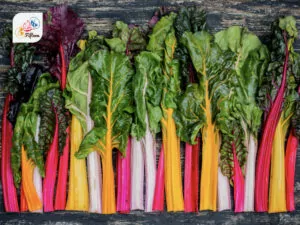
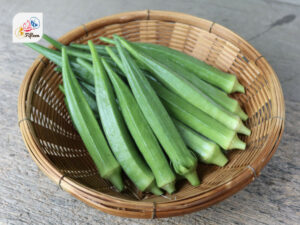
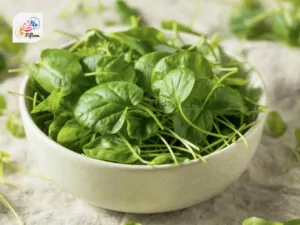
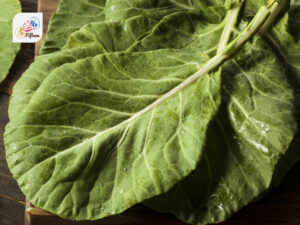
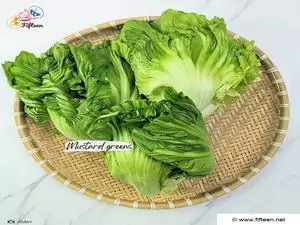
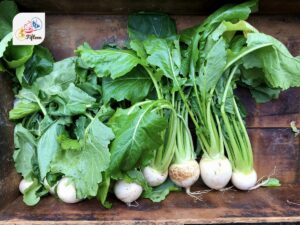
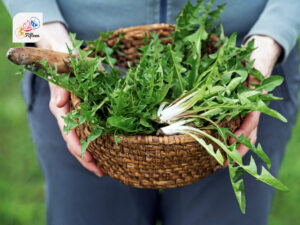
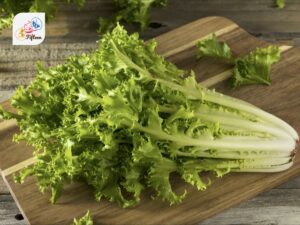
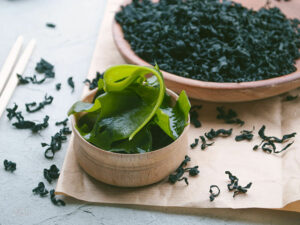
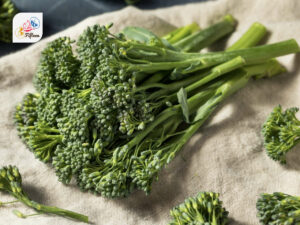
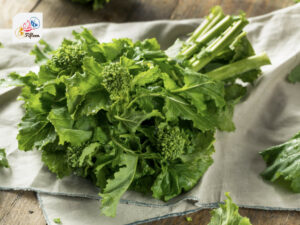


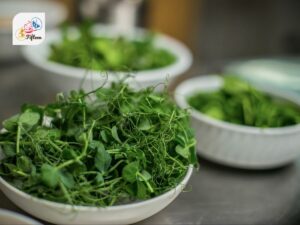
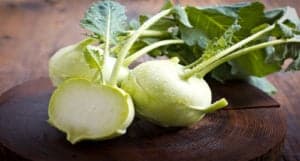
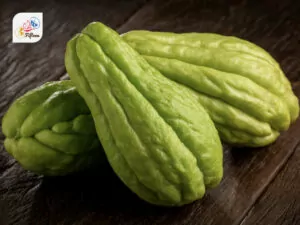
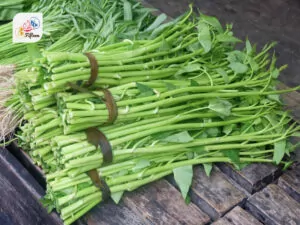
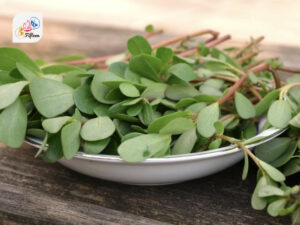
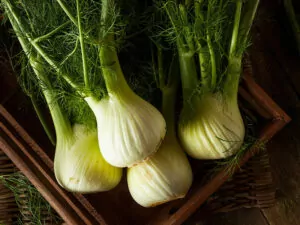
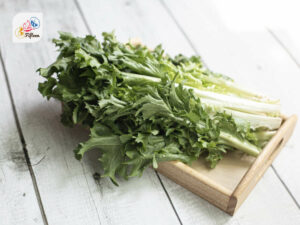
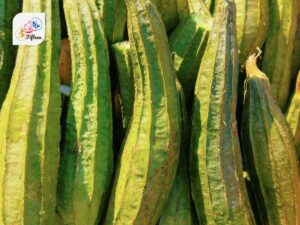
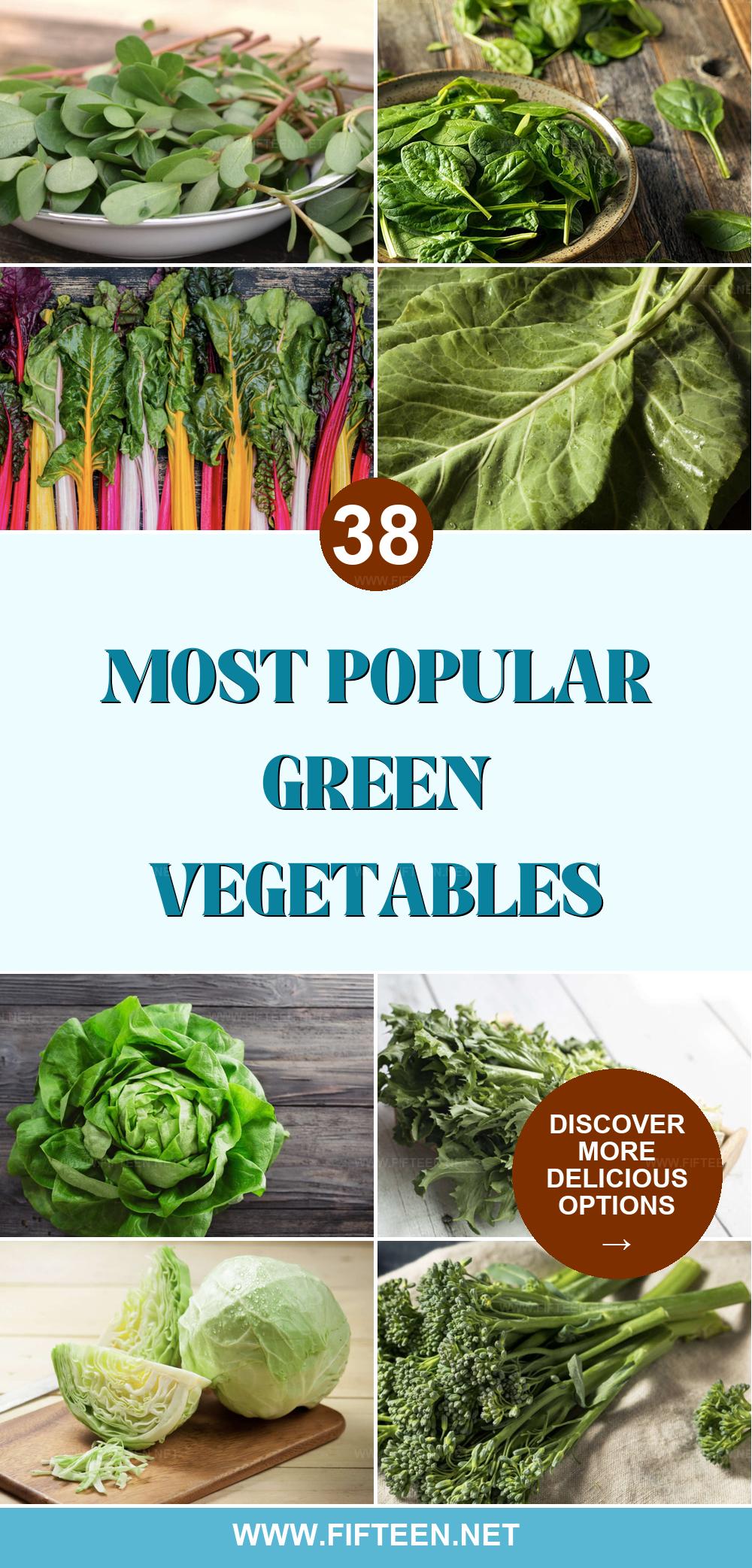
Jamie Scott
Editor in Chief, Senior Content Writer
Expertise
Home Cooking, Meal Planning, Recipe Development, Baking and Pastry, Food Editor, Cooking-video Maker, Western Food Evaluation Expert
Education
Le Cordon Bleu College of Culinary Arts
Local Community College, New York, NY
Jamie Scott is a skilled culinary expert and content creator specializing in Western cuisine. With over 15 years in the culinary field and formal training from Le Cordon Bleu, Paris, Jamie deeply understands how to blend nutrition with delicious flavors. His passion for cooking matches his commitment to making healthy eating accessible and enjoyable.
On Fifteen.net, Jamie brings a fresh perspective to classic dishes and beverages, offering readers insightful recipes, cooking tips, and a fresh view on meal planning that emphasizes taste, health, and simplicity.